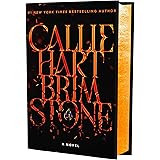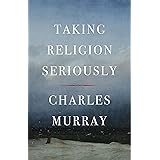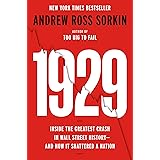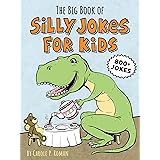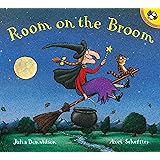The Hidden Truth About Newsletters That No One Wants You to Know
Writegeist
I wanted your writing advice, not your dog’s allergy update.
Let’s talk about newsletters. Not mine. Yours. Theirs. The endless stream of them.
Somewhere along the way, “grow your email list” became the gold standard for every author, coach, and creative entrepreneur. And sure, in theory, it makes sense. Build your audience! Own your list! Publish or perish! But I need to say something that might ruffle a few feathers:
If you don’t have something valuable to say, I really don’t want to hear from you.
I’m not talking about people like C. Hope Clark, Jane Friedman, or Justin Cox (the reason you’re reading this article right now), who somehow manage to send out smart, useful insights every single week. Yes, please. I will happily click, read, and even forward their newsletters because they deliver what they promised — real advice, real value, actual resources that make me a better writer, coach, or creative human.
But lately, I feel like we’ve entered the era of Newsletter Drift. The bait-and-switch. The “I thought you were going to teach me about self-publishing, but now I know way too much about your dog’s birthday party and your kale harvest.”
How did we get here? A brief history of newsletter creep
Once upon a time, newsletters were something we looked forward to. You subscribed to hear from your favorite author or expert, and when they landed in your inbox, you actually opened them. They were occasional. They were relevant. They were, above all, useful.
But as email marketing matured, a new gospel emerged: the money’s in the list. Build your list. Nurture your list. Show up consistently or risk being forgotten. The advice was everywhere, and creators took it to heart.
The problem is, when you’re told to “email regularly no matter what,” you eventually run out of actual things to say. And so you fill the gaps. A quick update here. A personal anecdote there. A photo of your…

